5 things Apple needs to do to win the VR war
A slick, comfy design and wellbeing measures could be the keys to Apple’s VR success.
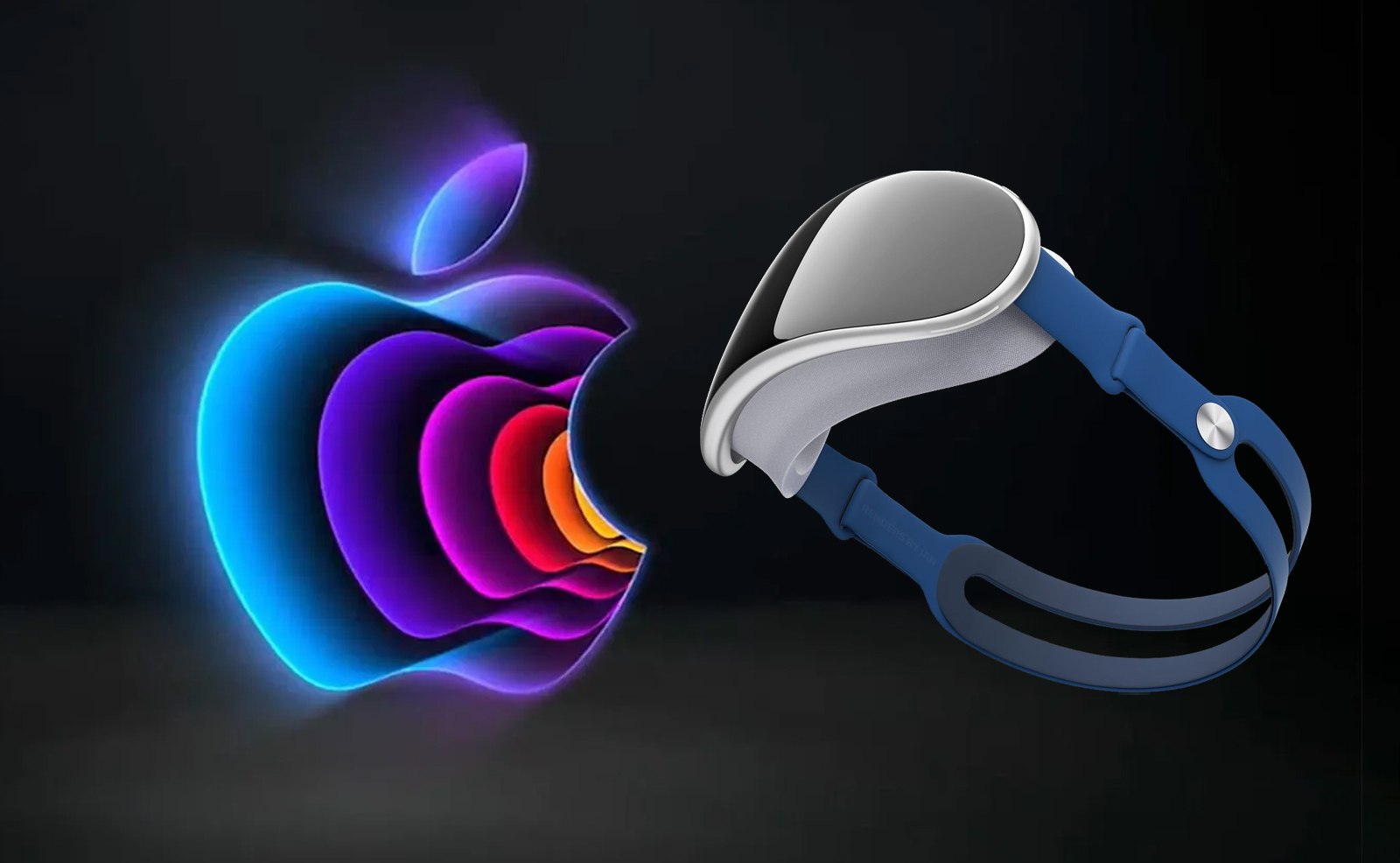
Meta’s Quest 2 virtual reality headset sold more than 8.7 million units in 2021. That’s impressive considering VR is still a relatively new type of tech, and headsets aren’t cheap. Those units made up a huge 78% of all VR/AR sales last year, meaning Meta has the biggest market share. But that could change as more tech companies compete for a slice of the VR pie.
Although big names like Sony and HTC, along with specialist brands like Vive and Varjo, are already investing in VR, many industry analysts believe it’s Apple that could shake up the space in the most significant way. Although Apple has never launched a VR headset, rumors have been circulating for years that its research and development teams are busy working behind the scenes to build one.
At the time of writing, the latest Apple VR rumors suggest we can expect a VR headset, possibly with some AR elements baked-in, as early as 2023. But specific details aside, a VR or combined VR/AR system from Apple is clearly in the cards — but it’s in no rush. Apple didn’t bring out the first MP3 player, smartphone, smartwatch, or pair of true wireless earbuds. Yet the iPod, iPhone, Apple Watch, and AirPods have all excelled — and often dominated — in their respective tech categories. That’s a solid track record of creating high-end hardware, shipping it on a massive scale, and waiting for the right time to launch it.
Apple may not be in a hurry to win VR, but this space is different. The brand’s phones, wearables, and headphones all entered an established market. Although the number of people using VR is healthy — and continues to rise — for many, it’s a new and unknown proposition. This is another reason why Apple is likely taking its time to ensure that when it finally launches a VR headset, it’s got a solid chance of beating Meta to the top spot after learning from some of its rival's biggest mistakes. With that in mind, here are the five things we think Apple needs to do to win the VR space.
1. Design a comfy, innovative and undeniably Apple headset
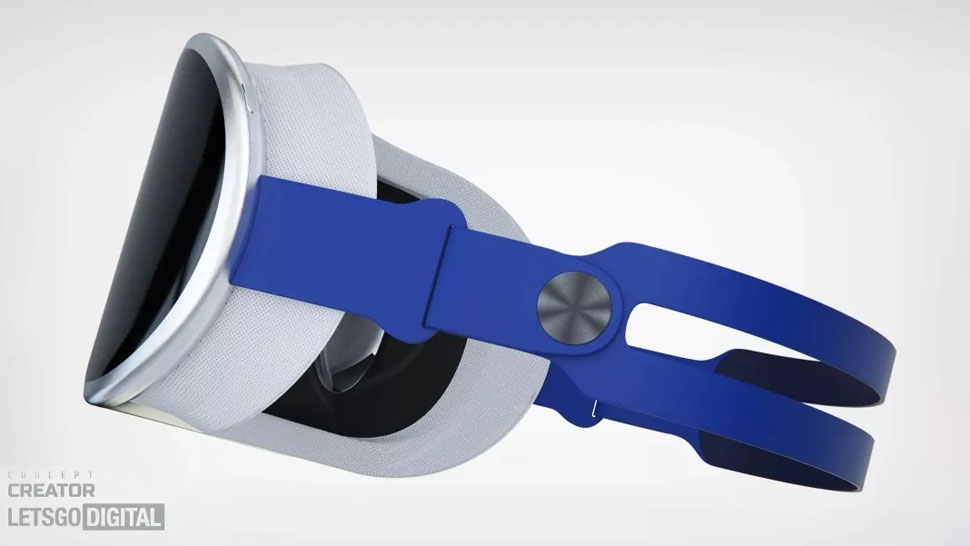
Apple interfaces are slick, device setup is simple, and any Apple product you pick up almost always “just works." Apple has the opportunity to bring the look and feel it’s famous for to a VR headset while addressing the design challenges that brands like Meta and Sony have encountered.
For example, the Meta Quest 2 is one of the comfiest headsets, but it’s still not ideal for extended wear. Too many people still complain about motion sickness across the board. Meanwhile, Sony's Move controllers are good but not great — an evolution of a regular gamepad rather than designed especially for VR (although that's set to change with the upcoming PS VR2). Apple could apply its design know-how to create a VR offering that’s comfier, even easier to use, and more streamlined.
Hopefully, Apple won’t just launch a slightly better-looking version of the Quest 2 but will come up with innovative new solutions to design challenges. The company has already filed several patent applications that hint at new approaches to VR, including using a VR glove and reading hand gestures in the place of a controller.
Master your iPhone in minutes
iMore offers spot-on advice and guidance from our team of experts, with decades of Apple device experience to lean on. Learn more with iMore!
2. Create applications that appeal to everyone’s needs and tastes
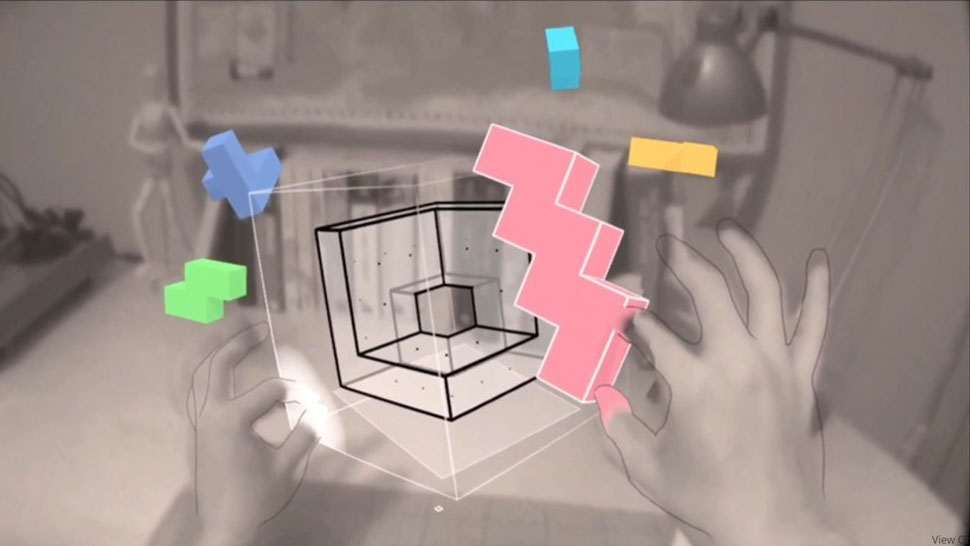
It’s a strange time for VR. Meta is pushing the metaverse vision hard, investing in VR experiences designed for socializing and working, which it believes is the technology's natural evolution. But is it? Others aren’t so sure.
It would be almost impossible to create a VR headset with features and experiences that cater to everyone’s needs and tastes. But Apple could gain an advantage over Meta by thinking more broadly and allowing people to pick and choose their experiences — whether that’s games, education, entertainment, productivity, or socializing — rather than funnelling them into a particular vision of the future.
The same goes for mixing both VR and AR experiences in one headset. Some people might prefer the fully immersive worlds of VR, but others might feel more at home with AR elements, like constructing a virtual model of the ISS while still seeing your living room around you. Of course, that’s easy for us to say. A headset that’s the best of both worlds could be a huge technical challenge but might be worth the effort.
Apple products already cater to a mass audience, and creating apps and experiences that feel accessible and enjoyable for as many people as possible could be vital in proving to people who are wary about VR that it’s for them.
3. Make sure the price is worth it, and people know why
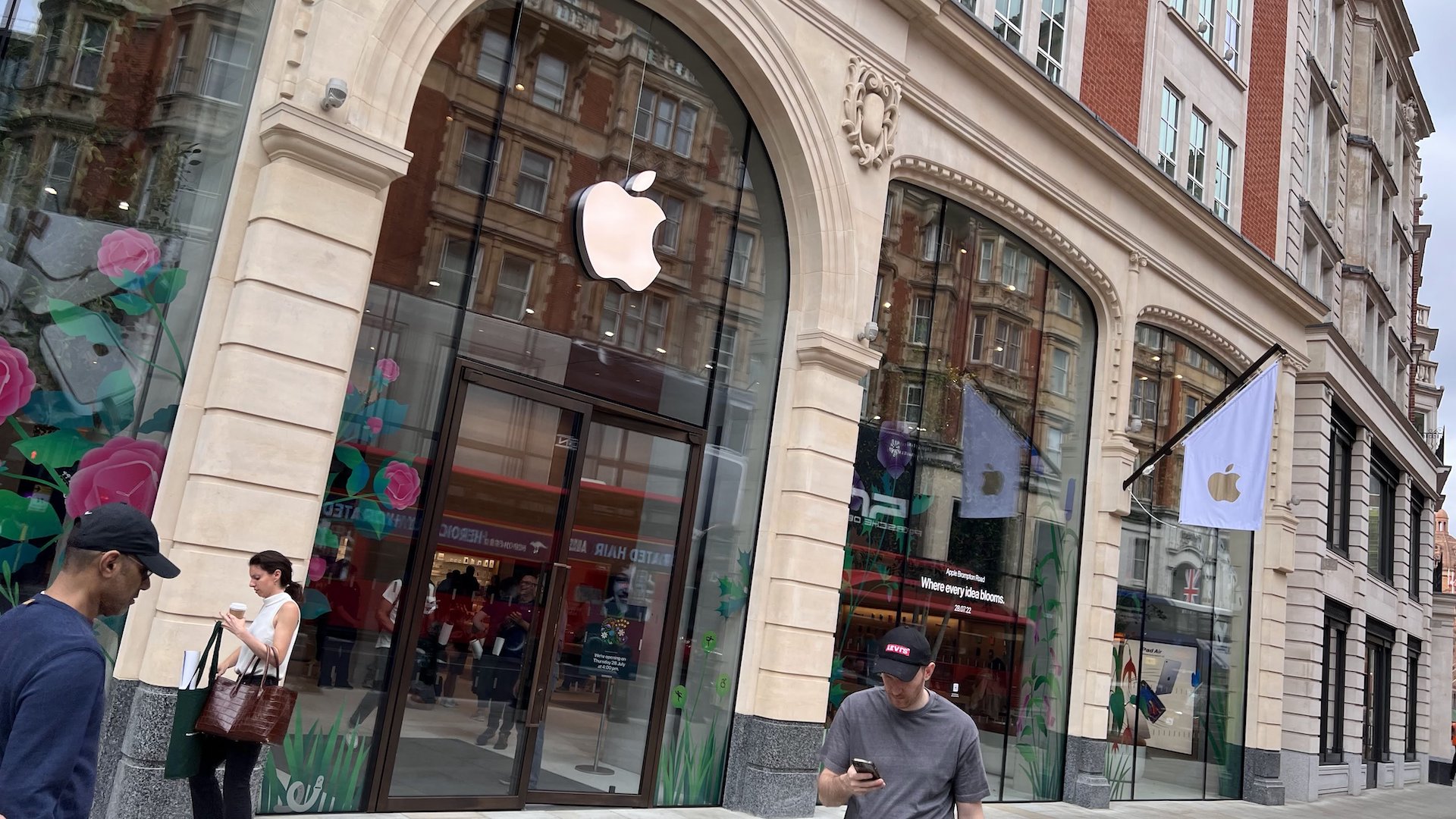
Apple products are great, but they’re not cheap. That’s never stopped people from buying them, but VR is different. It’s easier to justify spending more than rival companies for a new iPhone when you already know how it works and that you’ll use it constantly. A VR headset is a major unknown for many people, so the value is more uncertain.
There’s no way an Apple VR headset will be cheap — some of the latest rumors suggest it could cost up to $3,000 (!). But we know people will pay a premium if they can see the value in choosing Apple over its competitors.
Communicating this value may not be easy and will require a joined-up approach. The tech will, obviously, need to be fantastic. The price will need to be competitive without being prohibitive. And marketing will have a significant role to play in convincing people that VR is right for them. Apple does a key advantage here in that its brick-and-mortar Apple stores offer a great opportunity for VR-curious customers to demo the new hardware first.
4. Build seamless integration with the Apple ecosystem
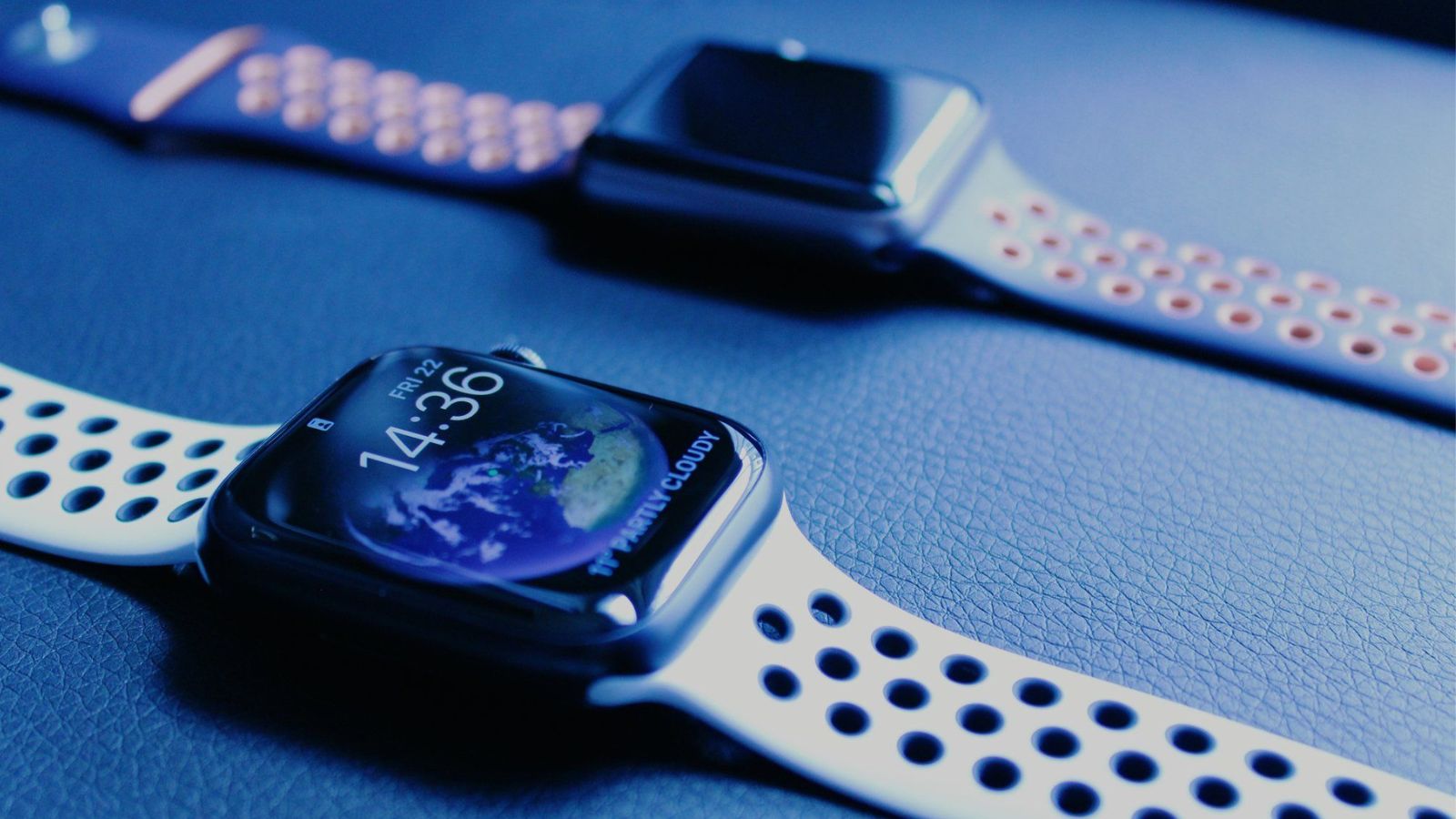
Several rumors about Apple’s VR and AR plans detail integration with other devices, especially the Apple Watch, which might be used to power the headset, read hand gestures, or connect with software. Apple already has an established ecosystem, so it makes sense that a VR headset would talk, so to speak, with other products.
This will be important if Apple brings out a VR headset with AR, too. If there’ll be interactions with real-world objects and passthrough modes that layer virtual elements onto your real-world surroundings, it makes sense that your AirPods or your Apple Watch will work with your headset to create a joined-up experience.
The same goes for Apple software, like Health and Fitness+. After the massive success of fitness VR experiences — like Beat Saber and Supernatural — there’s a case for Apple to focus heavily on its health and wellbeing VR offering.
However, Apple shouldn’t make owning other products or already being signed up for its apps a requirement. Many people didn’t like that they initially had to have a Facebook account to use the Quest VR headsets over privacy concerns. Apple may not run into the same problem, but it should be wary that for every person who wants all of their devices and accounts joined up, there’s another that doesn’t.
5. Take responsibility for users and the industry as a whole
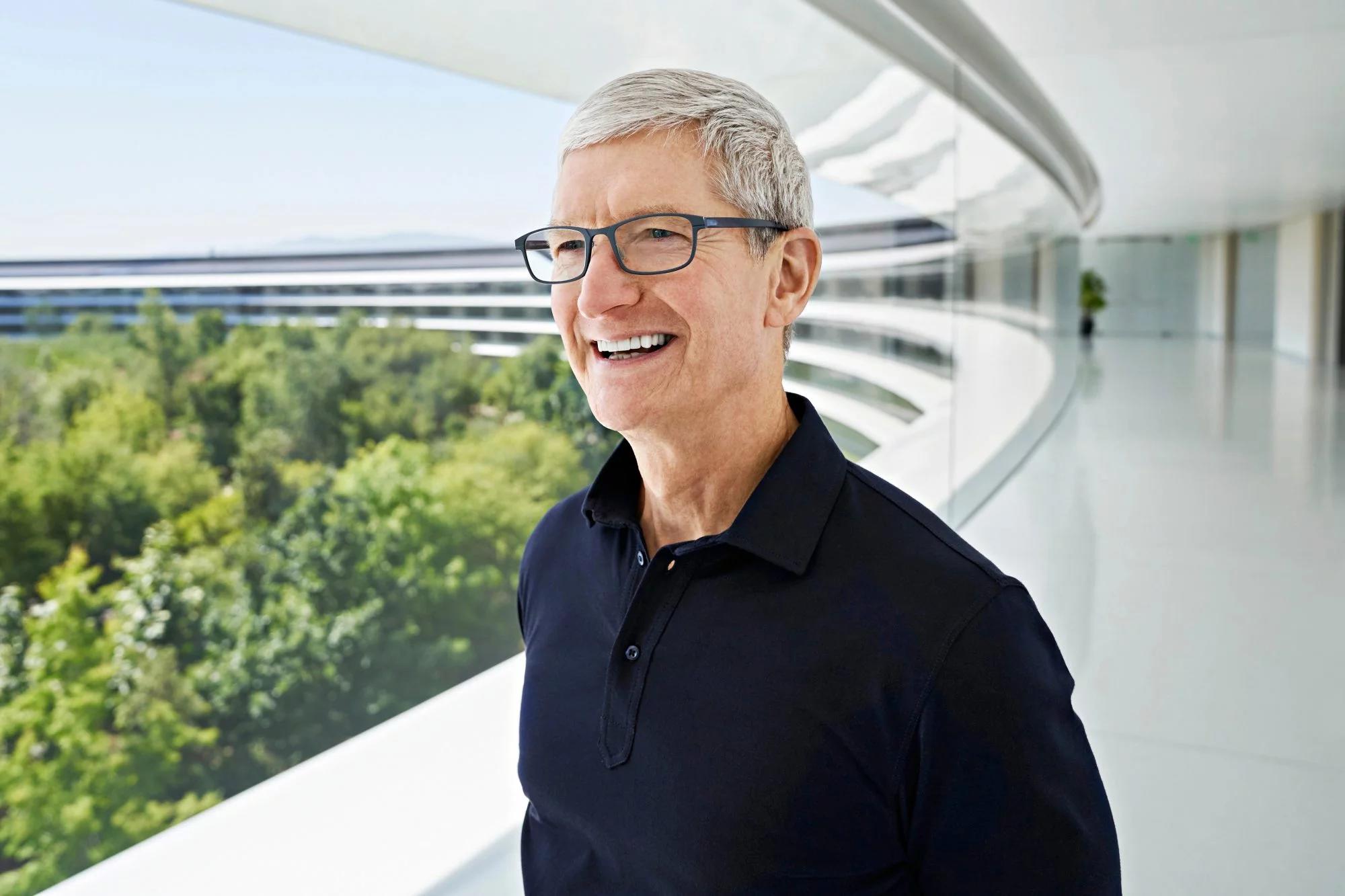
It’s challenging to create privacy and security measures that please everyone — especially in a relatively new frontier like VR. But Meta hasn’t exactly inspired confidence thanks to Facebook’s numerous data controversies, the initial requirement to have a Facebook account to use a Quest headset, and the late and lackluster consideration of how to address harassment in virtual spaces.
Apple could rise head and shoulders above Meta with a commitment to its users’ privacy, security, and wellbeing right from the start. It won’t be easy — it might not even be possible — but as more people become switched on to issues of data control, privacy, and online harassment, it’ll become even more critical in the future.
This kind of commitment will help Apple’s long-term brand, but it could also establish itself as a company that genuinely cares about the health of the VR space and the well-being of its users.

Becca Caddy is a contributor to iMore, as well as a freelance journalist and author. She’s been writing about consumer tech and popular science for more than a decade, covering all kinds of topics, including why robots have eyes and whether we’ll experience the overview effect one day. She’s particularly interested in VR/AR, wearables, digital health, space tech and chatting to experts and academics about the future. She’s contributed to TechRadar, T3, Wired, New Scientist, The Guardian, Inverse and many more. Her first book, Screen Time, came out in January 2021 with Bonnier Books. She loves science-fiction, brutalist architecture, and spending too much time floating through space in virtual reality. Last time she checked, she still holds a Guinness World Record alongside iMore Editor in Chief Gerald Lynch for playing the largest game of Tetris ever made, too.
